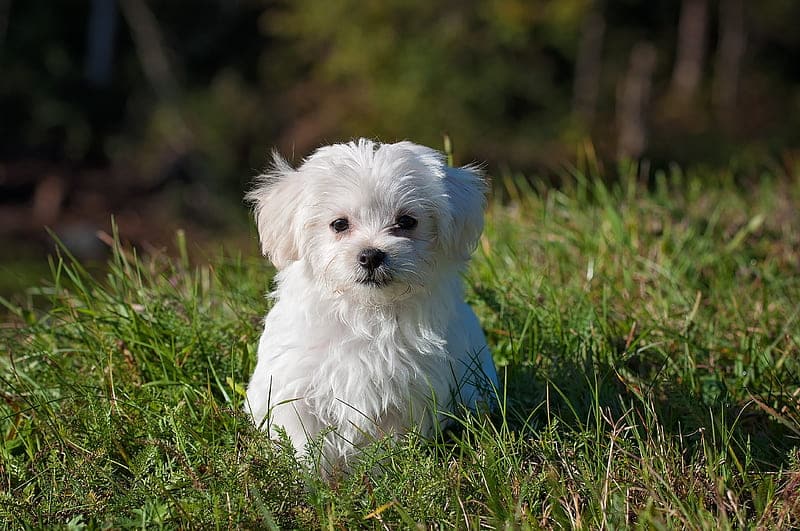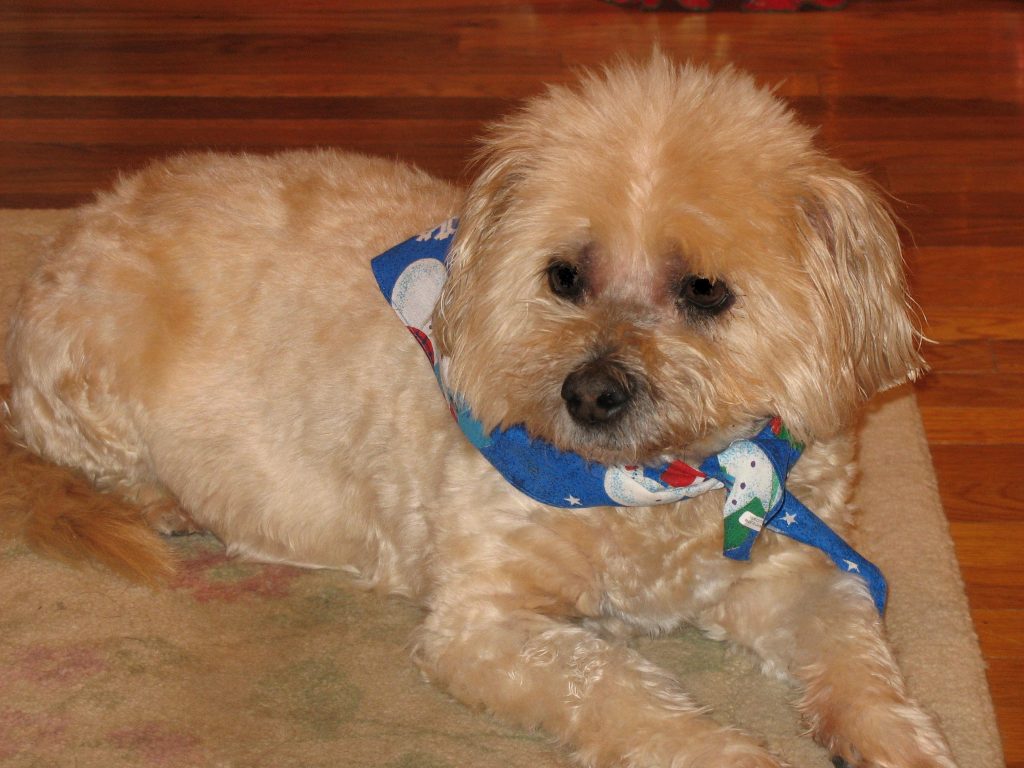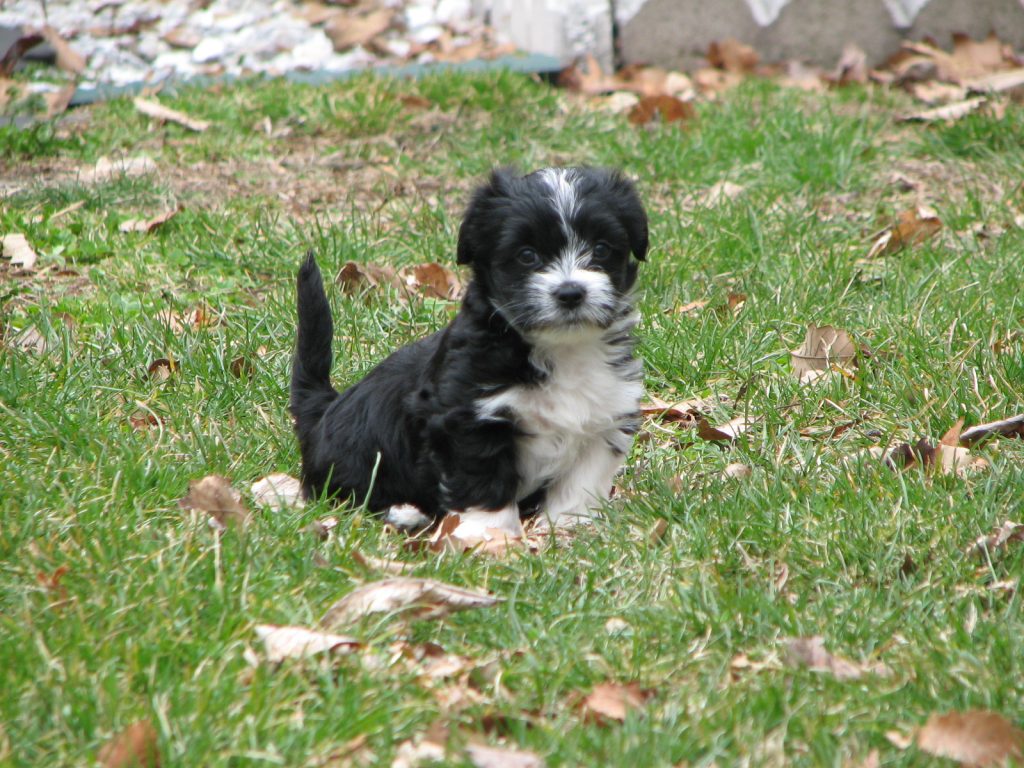
“Maltese Australian Silky Terrier Mix”
| Weight | 7-12 |
| Height | 8-10 |
| Lifespan | 12-15 |
| Coat Colors | Black, Gray, Brown, White, Cream |
| Coat Traits | Medium to Long, Mostly Dense, Straight |
| Temperament | Affectionate, Loyal, Playful, Curious |
Are you in search of the perfect furry companion to add joy to your life? Look no further than the Silkese dog, a delightful breed that combines the charm of Maltese dogs with the elegance of Australian Silky Terriers. As a designer dog, the Silkese embodies the best of both worlds, offering a blend of intelligence, affection, and beauty.
Originating from the crossing of purebred parents, the Silkese has captured the hearts of many with its beautiful coat, bright eyes, and playful temperament. Whether you reside in a spacious home or a cozy apartment, this small-sized breed is adaptable to various living environments, making it an ideal choice for families and individuals alike.
In this blog, we’ll take a closer look at everything you need to know about Silkese dogs, from their history and appearance to their temperament, care needs, and health considerations. Whether you’re a seasoned pet owner or considering adding a furry friend to your family for the first time, understanding the ins and outs of the Silkese breed will ensure a fulfilling and rewarding companionship experience. So, let’s embark on this journey together and uncover the wonders of the Silkese dog breed!
History
Curious about the roots of your beloved Silkese companion? Let’s delve into the fascinating history of this charming breed, tracing its lineage and evolution.
Origins
- The Silkese dog traces its lineage back to its parent breeds, the Maltese and the Australian Silky Terrier.
- This toy-sized breed was developed as a designer dog, blending the desirable traits of its purebred ancestors.
- Recognized by organizations like the American Canine Hybrid Club, the Silkese has gained popularity for its unique characteristics and delightful personality.
Breeding Standards
- Breeders adhere to specific standards to maintain the integrity of the Silkese breed.
- These standards ensure that each Silkese puppy possesses the distinctive features and temperament expected of the breed.
- By upholding these standards, breeders aim to produce healthy, well-adjusted Silkese dogs that make excellent companions for families and individuals alike.
Appearance
Let’s explore the captivating appearance of the Silkese breed, from its elegant coat to its endearing features that make it a standout companion.
Size and Coat
- The Silkese is a small dog breed, typically weighing between 5 to 12 pounds, making it ideal for those seeking a toy-sized companion.
- One of its most striking features is its luxurious coat, which is silky in texture and often comes in a variety of colors, including brown and white.
- With their straight fur and dark-rimmed eyes, Silkese dogs exude an air of elegance and grace that captivates admirers.
Physical Features
- Beyond its coat, the Silkese boasts a charming expression, characterized by its bright eyes and a smile that melts hearts.
- Their compact build and furry appearance add to their appeal, making them irresistible to dog lovers of all ages.
- Whether they’re strutting their stuff at a dog show or lounging at home, Silkese dogs always command attention with their undeniable beauty and charm.

Temperament
Discover the delightful temperament of Silkese dogs, renowned for their affectionate nature and playful demeanor, making them cherished companions in any household.
Personality Traits
- Silkese dogs are known for their affectionate disposition, often forming strong bonds with their owners and showering them with love and loyalty.
- Their playful and curious nature adds excitement to daily activities, ensuring there’s never a dull moment with these furry friends around.
- Whether it’s engaging in a game of fetch or simply cuddling on the couch, Silkese dogs thrive on human interaction and companionship.
Compatibility with Other Pets
- Despite their small size, Silkese dogs often get along well with other pets, making them an excellent addition to multi-pet households.
- Their gentle demeanor and friendly attitude towards other animals make them ideal companions for cats, dogs, and other furry friends.
- With proper socialization and training, Silkese dogs can live harmoniously alongside other pets, enriching the lives of their human and animal companions alike.
Living Environment
Let’s explore the ideal living environment for Silkese dogs, ensuring they thrive in their surroundings and bring joy to their owners’ lives.
Suitability for Small Apartments
- Silkese dogs are well-suited to apartment living, thanks to their small size and adaptable nature.
- Their compact build and moderate exercise needs make them perfect companions for individuals living in urban environments or smaller homes.
- With proper care and attention, Silkese dogs can thrive in apartments, bringing warmth and companionship to their owners’ lives.
Exercise Needs
- While Silkese dogs may be small in size, they still require daily exercise to maintain their health and well-being.
- Short walks around the neighborhood or playtime in a fenced yard provide Silkese dogs with the physical activity they need to stay happy and healthy.
- Engaging in interactive play sessions with toys or participating in obedience training classes can also provide mental stimulation for Silkese dogs, ensuring they lead fulfilling lives in their living environment.

Nutrition
Ensuring proper nutrition is essential for the health and well-being of Silkese dogs. Let’s explore the dietary needs and feeding habits that contribute to their optimal health.
Food Requirements
- Silkese dogs require a balanced diet that includes high-quality commercial dog food formulated for small breeds.
- Look for options that contain nutrient-rich ingredients such as protein, carbohydrates, vitamins, and minerals to support their overall health.
- Avoid feeding Silkese dogs table scraps or foods that may be harmful to their digestive system, such as chocolate, onions, or grapes.
Feeding Schedule
- Establish a regular feeding schedule for your Silkese puppy, offering meals at the same time each day to promote healthy eating habits.
- Consult with your veterinarian to determine the appropriate portion size and feeding frequency based on your Silkese dog’s age, weight, and activity level.
- Monitor your Silkese dog’s weight and adjust their diet as needed to maintain a healthy body condition and prevent obesity-related health issues.
Exercise
Regular physical activity is crucial for the health and happiness of Silkese dogs. Let’s explore how to keep these energetic companions active and engaged.
Physical Activity
- Despite their small size, Silkese dogs have moderate exercise needs and enjoy daily walks or play sessions.
- Aim for at least 20-30 minutes of daily exercise to help them burn off excess energy and maintain a healthy weight.
- Engage in activities that cater to their playful nature, such as fetch, agility courses, or interactive toys that stimulate their minds and bodies.
Playtime
- Incorporate regular playtime into your Silkese dog’s routine to keep them mentally stimulated and prevent boredom.
- Rotate toys regularly to keep them interested and offer a variety of activities, such as tug-of-war, hide-and-seek, or puzzle toys that challenge their problem-solving skills.
- Supervise outdoor playtime to ensure their safety and prevent them from wandering off or encountering potential hazards.

Training
Effective training is essential for Silkese dogs to become well-behaved companions. Let’s explore tips and techniques for successfully training your Silkese puppy.
Crate Training
- Introduce your Silkese puppy to their crate early on, making it a comfortable and safe space for them to retreat to.
- Use positive reinforcement techniques, such as treats and praise, to encourage your puppy to enter the crate willingly.
- Gradually increase the amount of time your puppy spends in the crate, starting with short intervals and gradually extending them as they become more comfortable.
Patience and Consistency
- Be patient and consistent in your training efforts, understanding that learning takes time and repetition.
- Set clear boundaries and expectations for your Silkese puppy, and consistently enforce them with gentle but firm guidance.
- Use positive reinforcement to reward good behavior and redirect undesirable behavior, such as chewing or barking, with alternative activities or commands.
Socialization
- Expose your Silkese puppy to a variety of people, animals, and environments from a young age to promote positive socialization skills.
- Arrange playdates with other dogs and enroll them in puppy socialization classes to help them develop confidence and good manners around others.
- Be patient and supportive during the training process, celebrating your Silkese puppy’s progress and milestones along the way.

Grooming
Maintaining proper grooming habits is essential for keeping your Silkese dog looking and feeling their best. Let’s explore the grooming routine necessary to keep your furry friend healthy and happy.
Regular Grooming
- Silkese dogs have a luxurious coat that requires regular grooming to prevent matting and tangles. Aim to brush their coat at least a few times a week using a soft-bristled brush or comb.
- Pay special attention to areas prone to matting, such as behind the ears and around the legs, and gently detangle any knots to prevent discomfort.
- Schedule regular baths as needed to keep your Silkese dog’s coat clean and shiny. Use a mild dog shampoo and warm water, being careful to avoid getting water in their ears.
Ear and Teeth Care
- Check your Silkese dog’s ears regularly for signs of wax buildup or infection. Clean their ears with a gentle ear cleaner recommended by your veterinarian.
- Practice good dental hygiene by brushing your Silkese dog’s teeth regularly with a dog-specific toothbrush and toothpaste. This helps prevent dental issues and keeps their breath fresh.
Health
Ensuring the health and well-being of your Silkese dog is paramount. Let’s explore common health considerations and proactive measures to keep your furry companion in top condition.
Common Health Issues
- Silkese dogs are generally healthy, but like all breeds, they may be prone to certain health issues. Keep an eye out for conditions such as patellar luxation and dental problems.
- Regular veterinary check-ups are crucial for early detection and treatment of any potential health concerns. Schedule annual wellness exams and consult your vet promptly if you notice any changes in your Silkese dog’s behavior or appearance.
Preventive Care
- Maintain a preventive care routine that includes regular vaccinations, parasite control, and dental check-ups. These measures help protect your Silkese dog from infectious diseases and maintain their overall health.
- Provide a balanced diet, regular exercise, and mental stimulation to support your Silkese dog’s physical and emotional well-being. A healthy lifestyle is key to preventing obesity and other lifestyle-related health issues.

Conclusion
In conclusion, the Silkese dog is more than just a fluffy companion; it’s a cherished member of the family. From their origins as a designer breed to their charming appearance and lovable temperament, Silkese dogs have captured the hearts of many dog enthusiasts.
Understanding the history of the Silkese breed sheds light on its unique qualities and characteristics, while exploring their appearance highlights their elegance and beauty. Their affectionate nature and playful demeanor make them excellent companions for families, individuals, and other pets alike.
Proper care and attention are essential for Silkese dogs to thrive in their living environment. From nutrition and exercise to grooming and training, every aspect of their care contributes to their overall health and happiness.
By prioritizing preventive care and regular veterinary check-ups, Silkese owners can ensure their furry friends lead long, healthy lives. With love, patience, and dedication, Silkese dogs will continue to bring joy and companionship to households around the world for years to come.